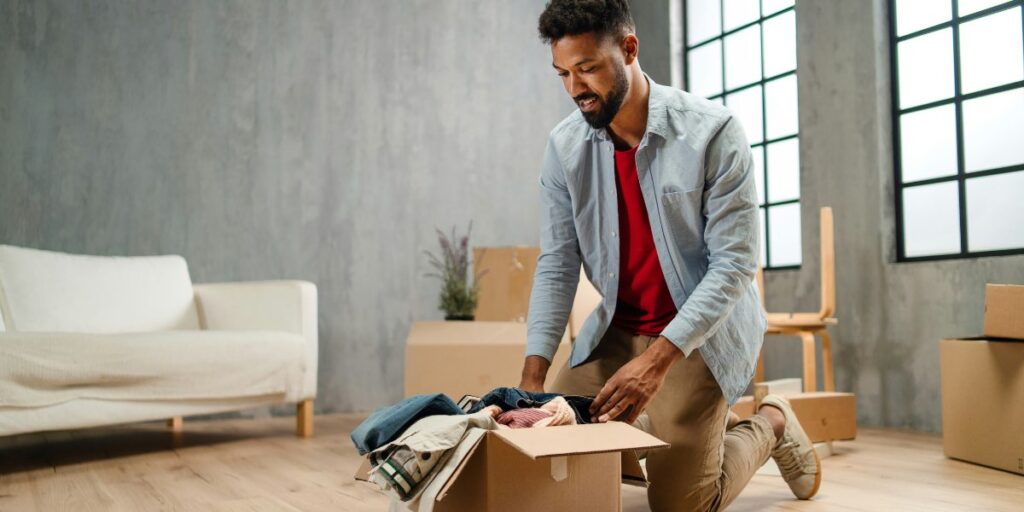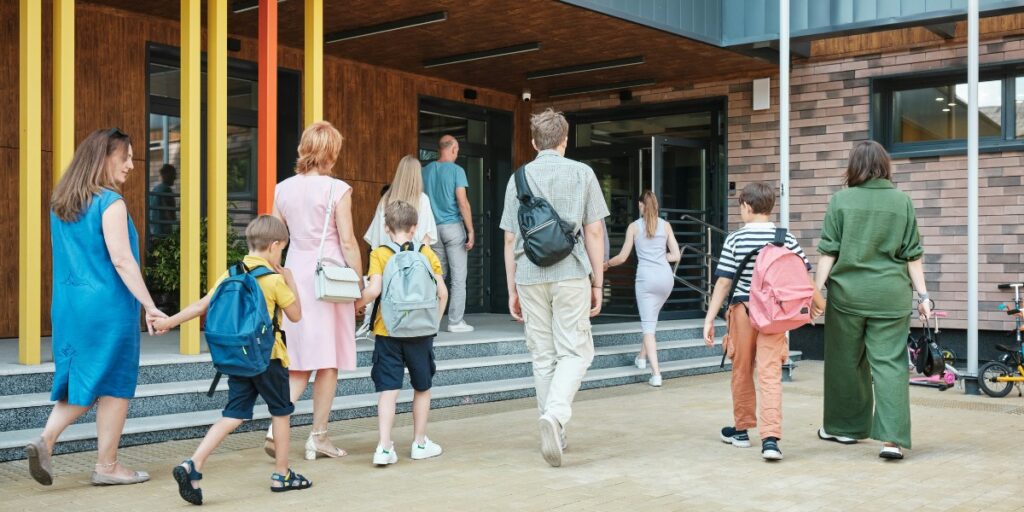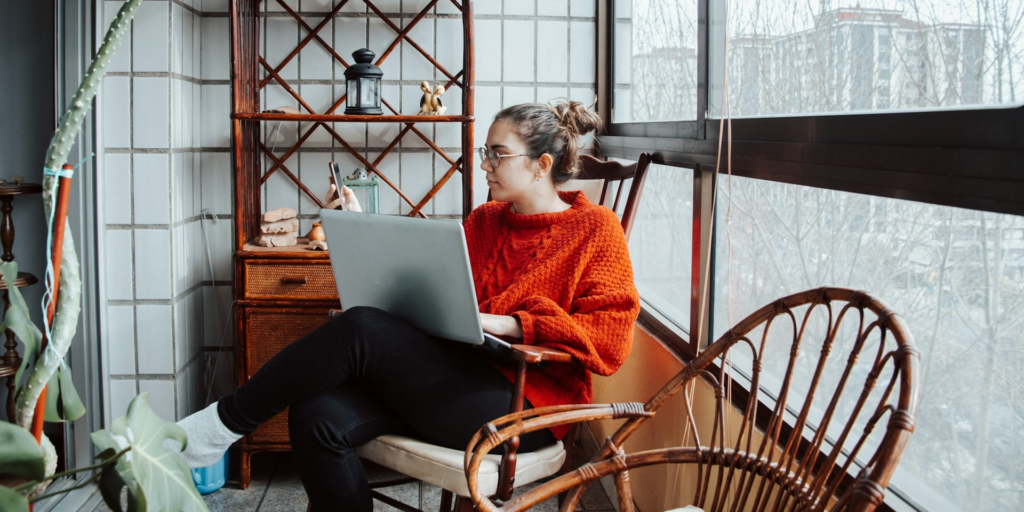Minimalism and slow living have increasingly drawn attention as lifestyles that encourage simplicity and mindful presence. These approaches focus on reducing excess in possessions and daily pace, suggesting that living with less can provide space for what may be more meaningful. Rather than framing this shift as a reaction against modern life, it can be viewed as an exploration of different values around time, consumption, and wellbeing.
People often describe feeling overwhelmed by constant demands and distractions. Minimalism and slow living present a perspective that questions the need for continuous accumulation of goods or ceaseless busyness. These philosophies ask individuals to consider which activities, relationships, and objects genuinely support their wellbeing, inviting reflection on how to live more intentionally.
Read also: The Freedom of Childfree Living: How It’s Shaping Modern Relationships
Could Owning Fewer Things Lead to Greater Clarity?
Minimalism encourages selecting possessions based on usefulness or emotional significance, which may help reduce physical and mental clutter. This approach does not necessarily call for austere living spaces but emphasizes the value of owning items that align with one’s priorities. Some find that simplifying belongings can open up physical space and ease the sense of mental overload that comes with managing many possessions.
In households where possessions are chosen thoughtfully, daily life may feel less distracted by unnecessary things. A wardrobe composed of versatile clothing, or a kitchen equipped primarily with frequently used tools, can make routines smoother. By limiting what requires attention, people may find it easier to focus on interactions, creativity, or relaxation.
Minimalism may be less about strict rules and more about discerning choices. Selecting what to keep can become an act of setting personal boundaries around consumption, not simply removing items for the sake of it.
How Does Slow Living Interact With Minimalism?
While minimalism tends to focus on physical possessions, slow living emphasizes a pace of life that allows for greater awareness and presence. It invites reducing hurriedness in everyday activities such as meals, work, or leisure. The aim is not to eliminate activity but to approach time with intention.
Slow living might involve engaging more deeply with simple tasks—such as preparing a meal by hand or taking a leisurely walk—rather than multitasking or rushing. It encourages valuing experiences in the moment, which may help counter feelings of exhaustion associated with constant productivity.
Both minimalism and slow living emphasize conscious decision-making. They encourage stepping away from automatic behaviors and responding with awareness to one’s needs and environment. Rather than striving for perfection, these approaches promote gradual shifts toward more balanced ways of living.
In What Ways Might Simplicity Affect Mental Wellbeing?
Choosing a slower lifestyle and fewer possessions may coincide with reported improvements in mental clarity and stress management, although individual experiences vary widely. Environments with less clutter and fewer distractions can contribute to feelings of calm. People sometimes observe that their thoughts become easier to organize and that restful sleep improves when external noise is reduced.
Reducing reliance on digital devices and limiting exposure to social comparisons may also help some people feel less pressure to meet external standards. This can foster a stronger connection to personal values and a more grounded sense of self-worth.
Not all responses to minimalism or slow living are the same, and adjustments may take time. The impact on mental wellbeing depends on many factors, including personality, lifestyle demands, and social context.
What Challenges Arise When Attempting to Simplify?
Adopting elements of minimalism or slow living can pose emotional and practical challenges. Emotional attachments to belongings, cultural expectations, and fear of missing out can complicate the process of letting go or slowing down. These difficulties are common and often reflect the broader role of objects and habits in one’s life story.
Learning to distinguish memories or identity from material possessions can be a gradual process. This separation may help reduce hesitation when deciding to part with items. Similarly, adjusting to a slower pace often requires navigating external pressures to maintain productivity and engagement.
It is also important to recognize that slow living does not necessitate extreme lifestyle changes. It may begin with small adaptations, such as dedicating certain times of day to quieter activities or reducing commitments that feel overwhelming.
How Might the Idea That ‘Less Is More’ Be Understood Differently?
The expression ‘less is more’ suggests that simplicity can enrich life in ways not measured by quantity. However, this idea does not imply that all people need to live with minimal possessions or slow schedules. Rather, it invites consideration of what forms of abundance are meaningful on an individual basis.
For some, richness might be found in open spaces or unstructured time. For others, it may mean fewer but deeper relationships, or moments of focus without distraction. Minimalism and slow living encourage a shift from accumulation and speed toward appreciation and presence, but the specifics of this shift vary widely.
What Are Practical Ways to Begin Exploring These Lifestyles?
Starting to live more simply or slowly does not require radical overhaul. Small, manageable changes can build over time and help individuals discover what fits their preferences and circumstances.
Removing seldom-used items from living spaces, dedicating a meal to mindful eating without screens, or scheduling brief periods for reflection or outdoor time can be initial steps. These actions provide opportunities to observe how simplification affects mood, energy, or satisfaction.
The goal is not to replicate another’s approach but to identify personal rhythms and boundaries that foster a sense of balance and wellbeing.
Read also: Living Intentionally: Focus on What Truly Matters
What Are Some Outcomes When Life Moves Toward Greater Intentionality?
A lifestyle shaped by minimalism and slow living may feel less reactive and more purposeful. Individuals often report making choices with increased awareness and experiencing moments of calm amid daily demands.
This approach does not imply a life free from difficulties or unpredictability. Rather, the reduction of external distractions and pressures might allow more resources—emotional and cognitive—to manage challenges.
Ultimately, minimalism and slow living present options for rethinking how time and possessions are related to quality of life. The value lies in creating space—both physical and temporal—to better align daily living with individual values.















